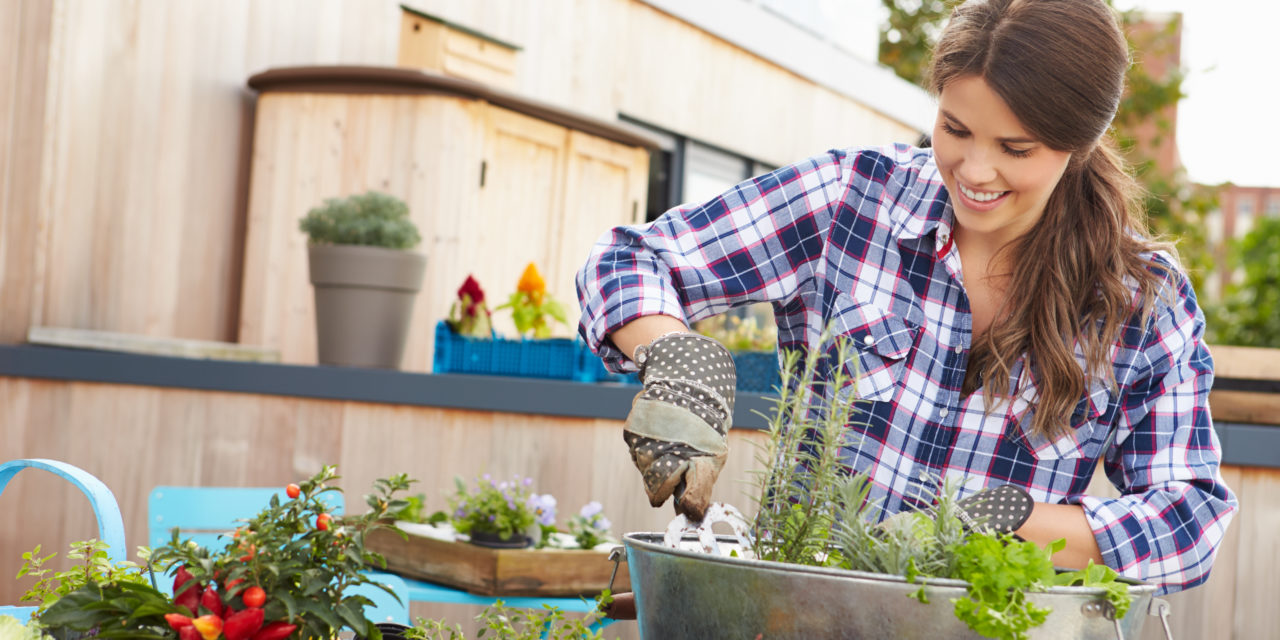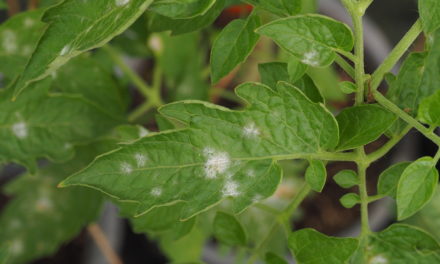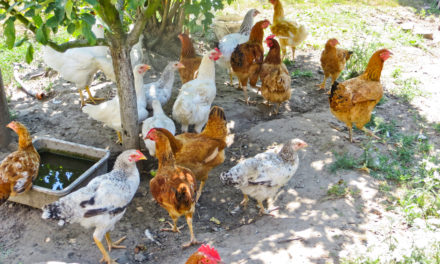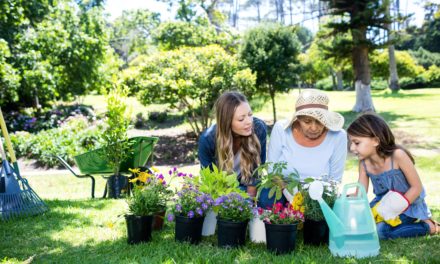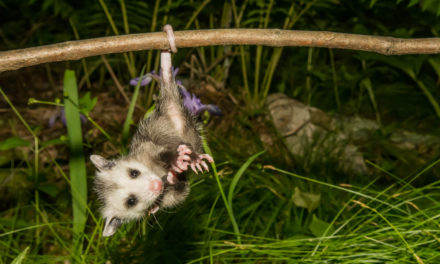Are your container pots filled with vegetables and flowers that are flourishing? Or do your pots have issues? Let’s start with some of the advantages of container gardening like their portability. If you live with a small patio, you can pick up the pot and move it to keep it facing the sun, or if a storm is imminent, you can bring the planters inside. Most containers are attractive and able to soften the harshness of a concrete patio or backyard. The only exception may be real clay pots. While they are handsome, they are heavy which is a good thing in high wind, but if they do topple over, they may break. The real downside to clay is how they breathe moisture through their porous sides, making watering a constant chore. Plastic or metal pots may seem less attractive, but they stand up better to dry and hot weather conditions.
Although the major issue with containers is drying out due to lack of moisture, modest drainage is still required. I like to use an awl and hammer and punch drainage holes in the bottom and or sides of my plastic and metal containers. That way, if we have a deluge the plant’s roots will not drown.
Considering how quickly containers surrender their moisture, container-grown vegetables demand superior soils. When filling a new container, I first make sure it has proper drainage. If it is a large pot, I will next add several large stones or bricks to help stabilize it in the high winds we have at the homestead. On top of that, I will fix several overturned garden pots to take up the volume. I then take soil from last year’s containers and mix it with a thick layer of materials that I want to compost like eggshells and coffee grinds. I only use small items like crushed eggshell instead of more greenery as it will not affect the soil compaction as would cabbage leaves or yard waste. This layer will compost all season long and be ready to use next year. I add worms to help break down the compost.
The top layer of soil where the plant roots grow is my custom blend of equal parts 1/3 peat moss, 1/3 vermiculite, and 1/3 potting soil. Use bagged topsoil for the bottom layer only. This is a cheap soil that is mainly clay or sand and should not be mistaken for potting soil. If you do not want to make up your blend, use a top-quality soilless mixture which is free of disease, their soil structure is ideal. Please note that peat moss is from peat bogs found in only a few places on earth and is a non-renewable resource. I only use it for container gardening as that limits my usage and I will compost it and reuse it next season.
One of the main issues with containers is soil compaction. If you use topsoil or an inferior grade of potting soil, you will have soil compaction in short order in your container. Soil compaction is when the soil sinks and settles due to lack of air pockets. As the container is watered, the soil will turn hard as concrete without the addition of some form of perlite or vermiculite to help hold the loam in suspension.
Another issue is watering. A container in the heat of summer on a windy day may need to be watered twice daily to make sure the plant has enough water to prevent wilting. One tip to prevent water from splashing on foliage and flowers is to apply mulch to the top of the container. It will also slow drying out of the soil. Fertilizing is the only other chore for containers as using a pre-mixed potting soil should prevent weeds. Due to the frequent watering, nutrients are lost. A slow-release fertilizer (14-14-14) that is added to the soil blend before planting should last all season. If your plants are showing signs of distress, try feeding a seaweed-based fertilizer mixed with a tablespoon of sugar (one Tbsp. of sugar to one gallon of mixed fertilizer). Spray onto the leaves of the plants to help ward off insects (bugs hate the taste of sweetness on the leaves) and restore nutrient balance to the plants.
With these tips, you should be ready to try your hand at container gardening. Upload a photo of your containers to Buchheit’s Photo Barn, and you may see your picture their store or in their ad. Happy Gardening!
Be blessed! Anne May

